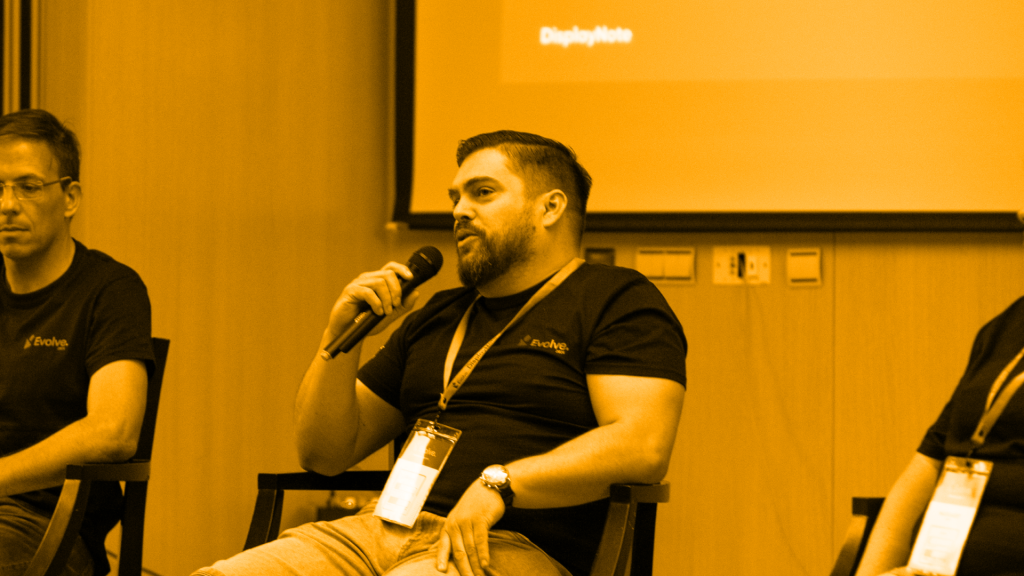
The importance of being device agnostic.
Getting stuff done in today’s organisations is very complex: teams use different tools, different operating systems, different displays – making it especially difficult for departments to collaborate.
The truth is, there is no ‘one size fits all’.
Collaborative tools.
This is especially true of collaboration software and the first thing you should consider when researching collaborative software, is how agnostic it is, in terms of device, platform etc. This will reduce a lot of wasted time, as more often than not, a restrictive solution will not work for you as well as it should. Collaborative software should be just that: collaborative. It should allow you to share any information and ideas across any device (from smartphone right the way up to 90” touch displays) no matter where you’re located.
Another factor to consider is the total amount of tools you use. Having too many collaborative tools, doesn’t necessarily give you more collaborative reach. That can create collaborative silos, where the participant and information are held hostage. Unless everyone has a license and are using the exact same tool, effective collaboration will not be possible.
Sometimes, the easiest thing to do is choose collaboration software that will integrate with your core operating system. For example, it’s easy to deploy Microsoft teams, but can you be sure if suppliers or customers can access it? If you go with the familiar option, it may work in the short term, but by choosing this you are actually limiting your solution, and your success. Not to mention leaving out those in the company who use a different operating system.
Current challenges.
In today’s digital workplace, different tools suit different departments and their needs. For example, Microsoft Excel may be favoured by Finance, but it’s only now that they can start sharing this and collaborating in earnest with teams on an apple device.
It’s vital for different departments to effectively communicate and come together, so collaboration software needs to be platform-agnostic.
It can be a real pain when you find a potentially great solution, but they’re limited to one platform. We’ve all been in a situation when you have a solution for one platform, but we’re waiting on the supplier to deliver versions for other platforms.
This is a major problem, as the Bring Your Own Device (BYOD) initiative is growing rapidly: 82% of workers believe that smartphones will play a ‘critical role’ in employee productivity in the years to come.
This is especially true when it comes to collaboration. Not only has the BYOD initiative grown, the number of remote workers is constantly increasing, and when it comes to collaboration software, this means the need to be platform and device-agnostic is greater than ever.
The benefits of being device agnostic.
The best solutions will allow content sharing across all devices. Just think of those times during your day when you move from space to space and interchange devices. When you take your laptop from your desk to a huddle space, then into a conference room, should you have to reconfigure how you share content or make a video call every time you walk into a different space?
The same goes with device types: For example, if one person is using a Windows laptop, whilst another is using an iPad, and someone else is using an Android smartphone, they should all be able to connect freely, and to other hardware, like a large format display in a meeting room, for example. Collaboration capabilities should all work in the same way, and real-time communication and collaboration should be seamless.
Don’t settle for anything less. It takes time to make sure we move things forward and stay productive, but if we don’t put in this effort, success will only be further away. The stakes are too high.
Don’t be adverse. Be agnostic.
Next Steps…
To see our collaborative solution Montage in action, book a demo now!
Want to stay in the loop?
Keep up-to-date with everything DisplayNote – including new releases, job openings, and customer giveaways.
Don’t worry, we’ll not spam you and we’ll never share your email with anyone






